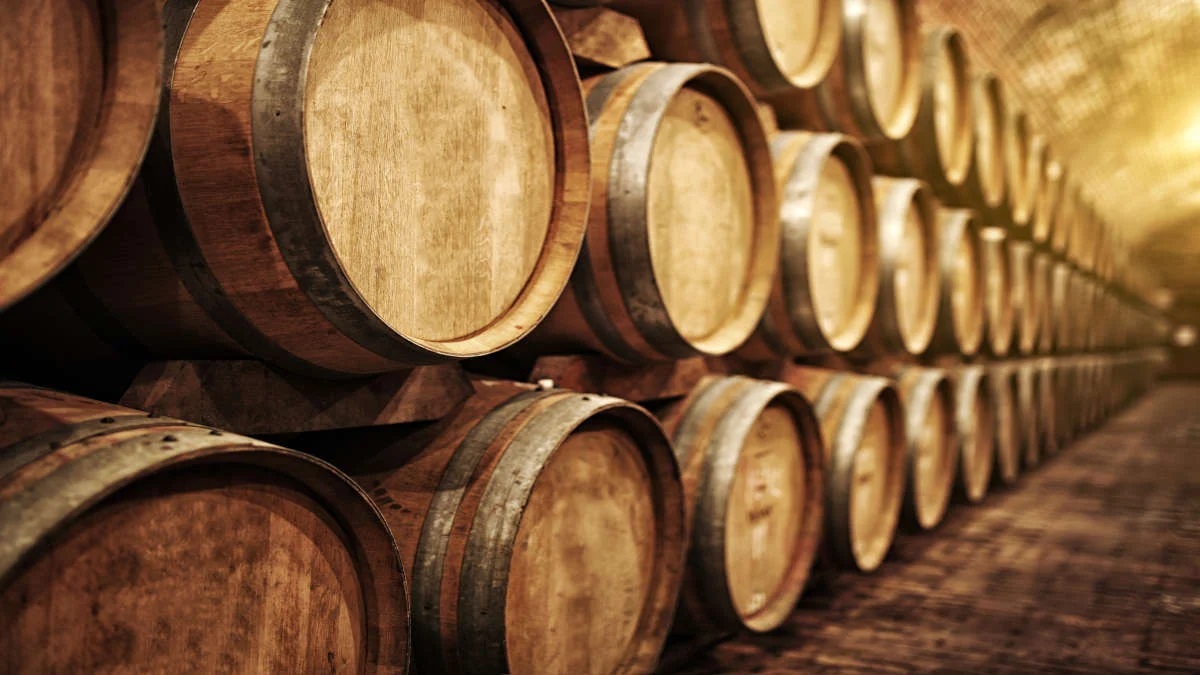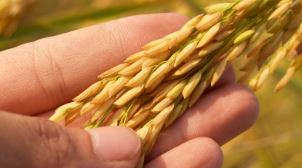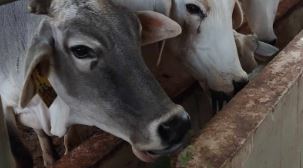Biotechnology 101: Tracing Its Journey from Ancient Practices to Modern Breakthroughs
Margust Dela Cerna | August 19, 2024
Despite being around for centuries, the term biotechnology remains a foreign word for many, so let’s dive deep into understanding one of the forefront innovations in the scientific community.

What is Biotechnology?
Biotechnology refers to the use of living organisms, their products, and biological processes to create or modify products for medical, agricultural, industrial, and environmental purposes.
Focusing more on its application in agriculture and food science, traditional biotechnology has long existed since 4000 BC with the practice of fermentation. Recall that fermentation is a process of chemical change by the action of microbial enzymes and microorganisms.
Since the process involves using a living thing and its derivatives that have been around for centuries, this is considered a product of traditional biotechnology. The same goes for the production of nata de coco, cheese, antibiotics, plant breeding, and many more.
Modern Biotechnology
The transition to modern biotechnology techniques began with the introduction of advanced tools and technologies that allow the manipulation of microbial, plant, and animal products for multiple uses.
The techniques of cell culture, plant tissue culture, cryopreservation, and vaccine development already fall under this emerging era of biotechnology. It is thanks to the discoveries in genetics, molecular biology, and biochemistry that made these advances possible.
Cultures of cells and tissues allow for the regrowth of plants that are disease-free and of high genetic quality. Cryopreservation of sex cells among animals also allows for artificial insemination to occur, together with embryo transfer to maximize farm efficiency.
Biotechnology refers to the use of living organisms, their products, and biological processes to create or modify products for medical, agricultural, industrial, and environmental purposes.
Focusing more on its application in agriculture and food science, traditional biotechnology has long existed since 4000 BC with the practice of fermentation. Recall that fermentation is a process of chemical change by the action of microbial enzymes and microorganisms.
Since the process involves using a living thing and its derivatives that have been around for centuries, this is considered a product of traditional biotechnology. The same goes for the production of nata de coco, cheese, antibiotics, plant breeding, and many more.
Modern Biotechnology
The transition to modern biotechnology techniques began with the introduction of advanced tools and technologies that allow the manipulation of microbial, plant, and animal products for multiple uses.
The techniques of cell culture, plant tissue culture, cryopreservation, and vaccine development already fall under this emerging era of biotechnology. It is thanks to the discoveries in genetics, molecular biology, and biochemistry that made these advances possible.
Cultures of cells and tissues allow for the regrowth of plants that are disease-free and of high genetic quality. Cryopreservation of sex cells among animals also allows for artificial insemination to occur, together with embryo transfer to maximize farm efficiency.


Gene Editing
However, many studies have now ventured into the CRISPR-Cas9 (Clustered Regularly Interspaced Short Palindromic Repeats and CRISPR-associated protein 9) technology which allows for precise gene editing.
Various products of CRISPR have been released with BT Talong and Golden Rice being the most notable products in the Philippines.
BT Talong is a genetically modified organism (GMO) that possesses resistance to the eggplant fruit and shoot borer (EFSB) through the expression of a Cry1Ac gene taken from Bacillus thuringiensis.
On the other hand, Golden Rice is a rice variety inserted with a gene that synthesizes beta carotene — a precursor to vitamin A — invented to combat Vitamin A deficiency in the country.
Many more beneficial products are from modern biotechnology such as Ringspot virus-resistant papaya, biopharming, AquaAdvantage fish varieties, and plenty more for you to explore.
However, many studies have now ventured into the CRISPR-Cas9 (Clustered Regularly Interspaced Short Palindromic Repeats and CRISPR-associated protein 9) technology which allows for precise gene editing.
Various products of CRISPR have been released with BT Talong and Golden Rice being the most notable products in the Philippines.
BT Talong is a genetically modified organism (GMO) that possesses resistance to the eggplant fruit and shoot borer (EFSB) through the expression of a Cry1Ac gene taken from Bacillus thuringiensis.
On the other hand, Golden Rice is a rice variety inserted with a gene that synthesizes beta carotene — a precursor to vitamin A — invented to combat Vitamin A deficiency in the country.
Many more beneficial products are from modern biotechnology such as Ringspot virus-resistant papaya, biopharming, AquaAdvantage fish varieties, and plenty more for you to explore.
References:
Golden Rice FAQs. (2019, January 16). International Rice Research Institute.
https://www.irri.org/golden-rice-faqs
Hautea, D. M., Taylo, L. D., Pauleen, A., Luz, M., Narciso, J. O., Quilloy, R. B.,Hautea, R. A., Shotkoski, F. A., & Shelton, A. M. (2016).
Field Performance of Bt Eggplants (Solanum melongena L.) in the Philippines: Cry1Ac Expression and Control of the Eggplant Fruit and Shoot Borer (Leucinodes orbonalis Guenée). PLoS ONE, 11(6), e0157498–e0157498.
https://doi.org/10.1371/journal.pone.0157498
Verma, A., Shishir Agrahari, Rastogi, S., & Singh, A. (2011).
Biotechnology in the realm of history. Journal of Pharmacy and Bioallied Sciences, 3(3), 321–321.
https://doi.org/10.4103/0975-7406.84430
Golden Rice FAQs. (2019, January 16). International Rice Research Institute.
https://www.irri.org/golden-rice-faqs
Hautea, D. M., Taylo, L. D., Pauleen, A., Luz, M., Narciso, J. O., Quilloy, R. B.,Hautea, R. A., Shotkoski, F. A., & Shelton, A. M. (2016).
Field Performance of Bt Eggplants (Solanum melongena L.) in the Philippines: Cry1Ac Expression and Control of the Eggplant Fruit and Shoot Borer (Leucinodes orbonalis Guenée). PLoS ONE, 11(6), e0157498–e0157498.
https://doi.org/10.1371/journal.pone.0157498
Verma, A., Shishir Agrahari, Rastogi, S., & Singh, A. (2011).
Biotechnology in the realm of history. Journal of Pharmacy and Bioallied Sciences, 3(3), 321–321.
https://doi.org/10.4103/0975-7406.84430

